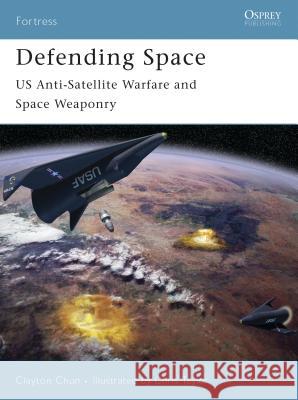Defending Space: Us Anti-Satellite Warfare and Space Weaponry » książka
Defending Space: Us Anti-Satellite Warfare and Space Weaponry
ISBN-13: 9781846030390 / Angielski / Miękka / 2006 / 64 str.
The United States has been developing space for many years, and satellites provide the US military with an unparalleled advantage over adversaries. Constellations of both military and civilian satellites provide protection and support for military operations, deliver ballistic missile early warning, supply reliable, secure and jam-proof communications, gather audio-visual amd electronic intelligence, predict weather patterns, guide navigation, target weapons, and perform a host of other missions. These systems are critical to America's status as a world power, and potential threats to them are carefully assessed by US military planners. In January 2001, a commission led by Donald Rumsfeld warned of the growing threat to US space assets from so-called "rogue states," who (with varying degrees of difficulty) might build and deploy "space mines," launch ballistic anti-satellite weapons, deliberately increase orbital debris or detonate high-altitude nuclear explosions. The defensive options currently available to the US include improving satellite defenses (making them more robust and maneuverable, and improving threat detection) and the controversial placing of weapons in space (in "sentinel satellites") to protect military and civilian hardware. Since the 1950s research and development has been applied to space weaponry with mixed results, and not only by the USA. This book explains the origin and development of systems used to defend the United States from past, present and future threats, and to support military operations.











